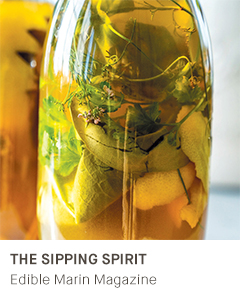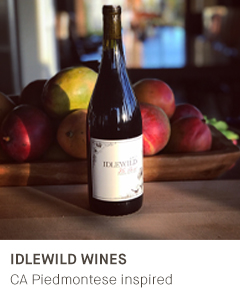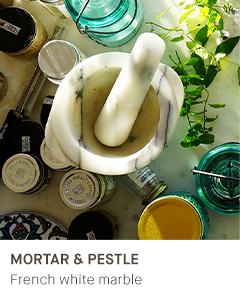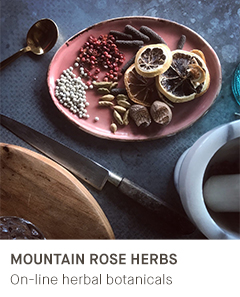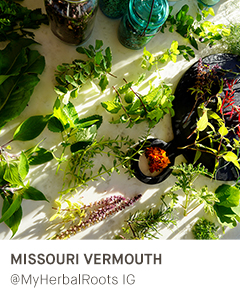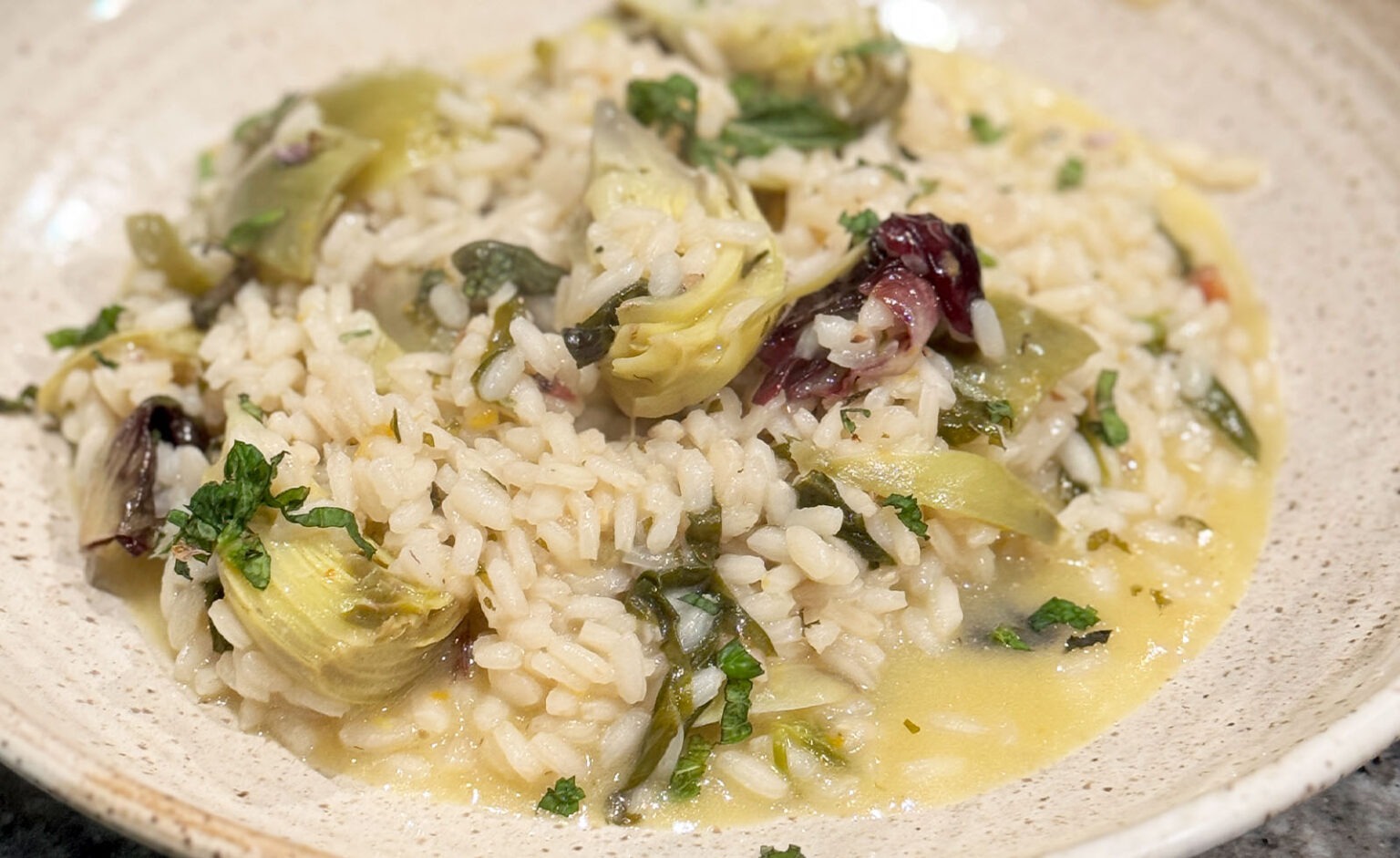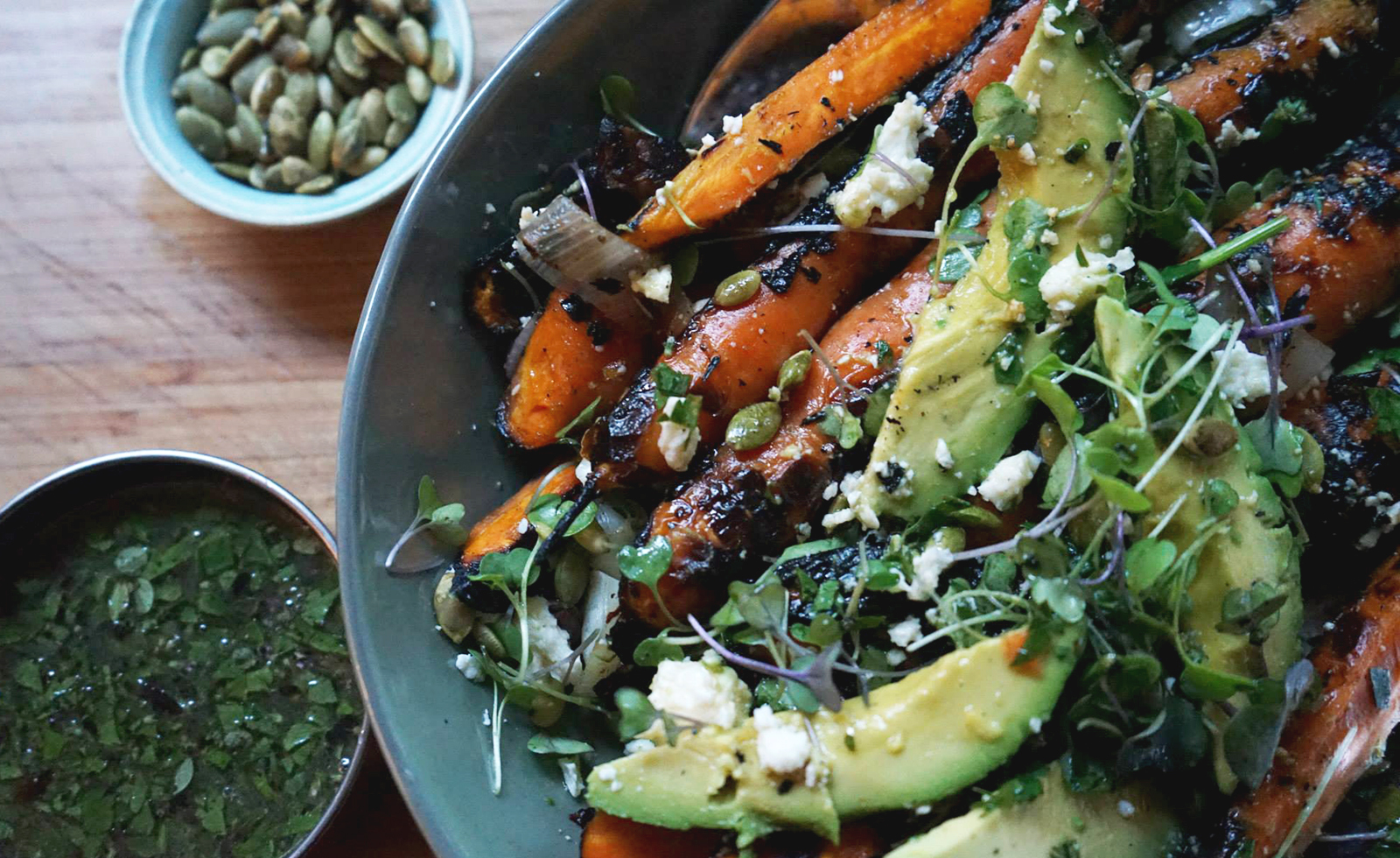
RECIPE

DIY spring vermouth is an incredibly fun herbal project that delivers a tasty, multi dimensional cocktail ingredient that will last long into the summer.
Vermouth is technically aromatized fortified wine. Traditionally, wormwood is the main bittering agent, but (unlike the EU) the US doesn’t legally require wormwood for vermouth classification. Both red and white vermouths typically use a neutral white wine base fortified with unaged brandy. It’s then aromatized with a bevy of botanicals, ranging from flowers to bark to spices to herbs – everything from root to seed. Since its inception, it has been a medicinal beverage with multi-dimensional flavor, complexity, and character. Today is unequivocally one of the most important additions in craft cocktails.
The simplest formula for vermouth is wine (generally 75%), botanicals (bitters), alcohol (not less than 15%, not usually more than 25%). Bitters and other botanicals are either macerated or infused, and a higher proof spirit is added for potency and shelf life. The final product typically ranges from about 15% – 25 % ABV.
This vermouth is a much quicker recipe than most, taking only about 24 hours. It uses a heat- steeping method that speeds up the process. It bursts with spring herbs which deliver a crisp, clean taste. It’s bright, fresh, herbaceous, and citrusy. It contains a pleasant amount of bitterness, balanced by a nudge of honey, citrus, and floral notes.
The botanicals are easily purchased online and fun to have on hand for next time. A Mortar and pestle is an absolute for this project and they are handy to have around generally.
The bitters
¼ teaspoon wormwood
¼ teaspoon dandelion root
¼ teaspoon licorice root
¼ teaspoon gentian root
¼ teaspoon angelica root
½ teaspoon orris root
Botanicals
1 teaspoon dried pink rose
1 tablespoon dried chamomile
1 teaspoon cinnamon bark
½ teaspoon dried lemon peel
½ teaspoon dried grapefruit peel
½ teaspoon cracked coriander
½ teaspoon cracked pink peppercorns
Fresh Ingredients
2 thin strips of sliced fresh and peeled ginger, 1-inch long
1 small handful coriander flowers (optional)
2 thing strip thinly sliced parsley root (optional)
2 makrut lime leaves, crushed and bruised
2 sprigs anise hyssop, leaves, stems, and flowers (sub fresh tarragon)
2 sprigs parsley leaves and stems
2 sprigs Thai basil
5 pea flowers
2 handfuls of pea tendrils
3 sorrel leaves
4 nasturtium leaves and 2 flowers (optional)
2 3-inch long grapefruit peels
3 2-inch long lemon peels
3 3-inch long pomelo peels
Sweetener
¼ cup honey, flavored with pinch of salt
Wine and fortifier
1 bottle (750 ml) acidic, dry white wine with a good amount of minerality
¾ cup unaged brandy
Add the fresh ingredients and the citrus peels and let stand another 12 hours. Strain, discarding the solids and taste to see if you want to add any last botanicals or fresh ingredients for flavoring. It’s easier to control final flavor by adding a few specific flavors that you want to come forth in the very end. For instance, adding a tiny bit more orris root, dried grapefruit peel, parsley root, pea tendrils, parsley, and fresh pomelo peel and let it infuse for another 6 hours. Gave the right final taste. Strain out and bottle up. This concludes the alchemy. Store in your refrigerator for up to three months.
This recipe was created and written for Edible Marin& Wine Country Magazine and therefore all northern California spirits were used. For the wine, Idlewild Flora & Fauna white wine was used. Use any white wine that is on the drier, crisper brighter side. For the fortifier, Oakland Spirits Company Shiso Brandy. It’s a neutral(ish) spirit which is important, and this choice has deep herbaceous and gin like flavor that works well in this recipe. Most important is to choose a neutral brandy that is not sweet, that fits the more bight and herb-centric profile.
More Seasonal recipes

